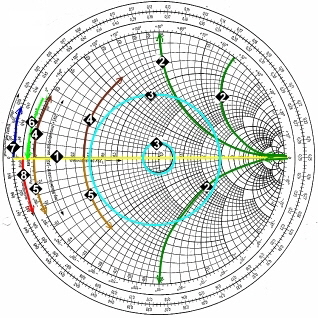
Strictly Necessary Cookies: (Always Active) These cookies are necessary for the website to function and cannot be switched off in our systems. After we finish updating our website, you will be able to set your cookie preferences. Finding these component values can be done using computer simulations, manual computations, or with tools such as the Smith chart.Īnalog Devices is in the process of updating our website. Matching networks are configurations used to match source and load impedances, and impedance matching devices are the components that make up these networks. Impedance matching will result in both minimal signal reflection and maximal power transfer in DC systems. Since reactance is zero in DC systems, this is equivalent to the two resistances being the same in either case. Minimal signal reflection is obtained when the source impedance is equal to the load impedance (Z S=R L+jX L), which is called reflectionless matching. Maximum power transfer is obtained when the output impedance of the source is equal to the complex conjugate of the input impedance of the load (Z S=R L-jX L). reflectionless matchingĭepending on whether the goal of impedance matching is maximizing power transfer or minimizing signal refection, either conjugate matching or reflectionless matching is required. Impedance matching is therefore important to obtain a desirable VSWR (voltage standing wave ratio). These reflections cause destructive interference, leading to peaks and valleys in the voltage. Impedance mismatch can lead to signal reflection and inefficient power transfer. In DC systems, the reactance is zero, so the impedance is the same as the resistance. The equation for impedance is then by definition Z=R+jX, where j is the imaginary unit.


Impedance (Z) is a measure of the opposition to electrical flow, which is a complex value with the real part being defined as the resistance (R), and the imaginary part is called the reactance (X). In AC circuits, the source should either equal the load or the complex conjugate of the load, depending on the goal. In DC circuits, the source and load should be equal. Impedance matching is designing source and load impedances to minimize signal reflection or maximize power transfer.


 0 kommentar(er)
0 kommentar(er)
